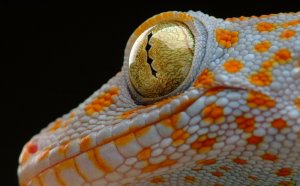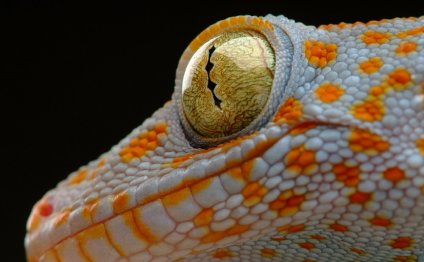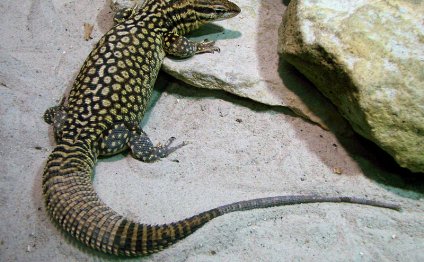
PetSmart turtles
How to determine the right size of tank for your water turtle
To determine how large of a tank to purchase, turtle expert David T. Kirkpatrick, author of "Aquatic Turtles" recommends a tank that can accommodate a water area that is 4-5 times longer than the turtle, 3-4 times wider and at least 1.5 times deeper than the turtles length, head to tail. Water turtles are divers and can become injured if the water is too shallow. If you plan to have more than one turtle in the same habitat, Kirkpatrick advises to increase the size of your tank by 25 percent per turtle.
How to determine the right size habitat for your tortoise
For a tortoise, use a 40-gallon or larger glass terrarium with a screen top for ventilation. They will need enough room for a shallow water dish for drinking and soaking their shells and a dry hiding place where they can conceal themselves.
Lighting
Turtles and tortoises need UV light to help maintain shell and bone structure. They also bask in light to regulate their body temperature. There are two basic types of light bulbs you can use for your turtle: incandescent (for heat) and fluorescent (for essential health). Experts advise 12 hours of light a day using both UVA/UVB fluorescent bulb and a basking bulb.
Expert tip: Avoid placing your turtle or tortoise habitat in full, direct sunlight. The sustained heat from the sun could harm or even kill your pet.
Heating
Turtles and tortoises are ectothermic, or "cold blooded" and cannot generate their own body heat. Provide them with a heat lamp for basking.
For water turtles, a heating element is required to warm their swimming water. The most common types of heating elements are overhead heat lamps, submersible water heaters or under tank heating elements. Turtle experts recommend keeping your turtle's habitat at the following temperatures:
- Day - Maintain a daytime temperature between 75-85º F
- Basking - Provide a basking spot lamp to create a localized basking area of 90-95º F
- Night - Maintain a nighttime temperature between 70-75º F
- Water - Place a thermometer near the basking area, and a aquarium thermometer in the water
Tortoises require slightly different temperatures:
- Day – Maintain a daytime temperature between 70-85º F
- Basking – Use an under tank heater to create a localized basking area of 95-100º F
- Night – Maintain a nighttime temperature between 60-70º F
- Place a thermometer at each end of the habitat to monitor temperatures.
Some tortoises like the Red Footed Tortoise require humidity while others like Greek and Russian Tortoises need an arid environment. Ask your knowledgeable PetSmart associate or see our Greek or Russian tortoise care guides for information on your tortoises' specific needs.
Land areas and décor
While water turtles love to swim, they also love to bask and require an area out of the water where they warm themselves under a heat lamp. "Land areas are an excellent opportunity to be creative with your turtle's habitat, " says Dr. Jaynes. "Use aquarium gravel to create a sloped, beach area for your turtle. Or if you're looking for something fun or novel, try a plastic or resin basking platforms like the Zoo Med Turtle Dock."
Basking platforms are just the beginning if you want to decorate your turtle's environment with fun and fabulous habitat decor. Give your turtle or tortoise a "homey" feel to his habitat with décor that resembles what he would encounter in his natural environment. Try aquatic plants like the Exo Terra Jungle Plant Amapallo or wood replicas like the T-Rex Log Landing Terrarium Divider.
Tortoises love to hide so you'll want to provide a platform or an artificial/natural rock or wood décor large enough for them to crawl under and conceal themselves. Try ESU Reptile Bark Bends or Zoo Med Floating Turtle Log. Use a substrate like a mixture of sterile soil and calcium sand for your Greek Tortoise or coconut fiber or bark bedding for your Russian or Red-Footed Tortoise to line the bottom of the habitat.
Filters for aquatic turtles
Filtration helps keep your turtle's swimming water clean and clean water helps keep your turtle healthy. There are several filters available on the market, but the two most common are the canister filter and the power filter. When choosing what type of filter is right for you, the general rule of thumb among turtle experts is "the bigger the better." The more water that moves through the filter and the larger the filtering surface, the cleaner your turtle's water. However, you will want to be sure that the filter isn't causing too much turbulence in the tank which can injure your turtle.
RELATED VIDEO



Share this Post
Related posts
Colorful lizard
A very large species of chameleon that is endemic to forests in eastern and northern Madagascar. They reach up to 68 cm (27…
Read MoreFriendly pet snakes
Choosing a pet snake. A large part has to do with the person s personality along with how much space and time you have to…
Read More











